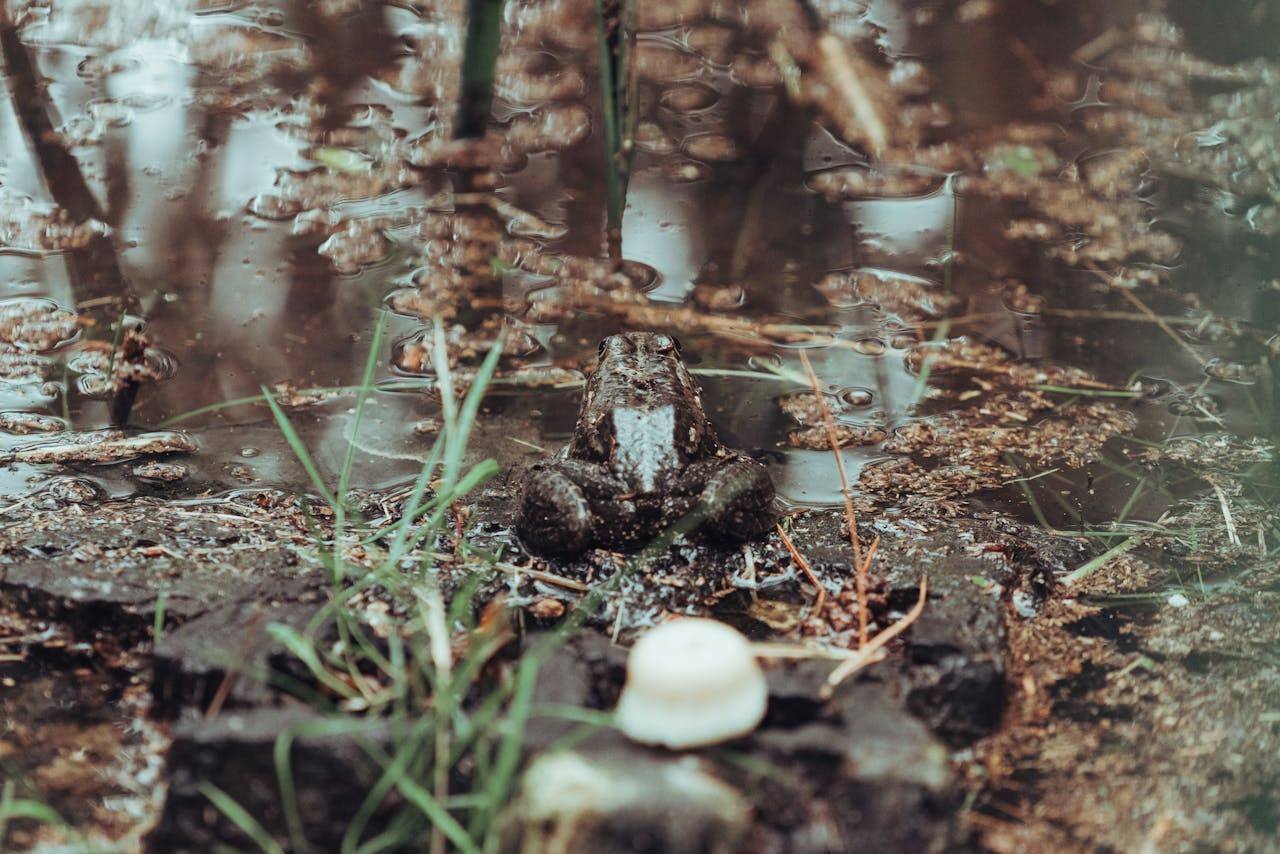Frog feces, though not a glamorous subject, play a significant role in understanding ecosystem health and the dietary habits of these amphibians. Studying frog poop can provide valuable insights into the environments frogs inhabit and offer clues about broader ecological conditions. Here’s a closer look at what frog feces can tell us.
What Frog Feces Reveal
Diet and Feeding Habits
Frog feces are a direct indicator of their diet. By analyzing the contents of frog droppings, researchers can identify what frogs are eating, which can include insects, small invertebrates, and occasionally plants. Understanding their diet helps scientists learn about local biodiversity and prey availability.
Health and Parasite Indicators
Examining frog poop can also shed light on the health of frog populations. Parasites or other pathogens may be present in fecal samples, indicating potential health issues within a frog community. Monitoring these indicators can help detect outbreaks of disease early and guide conservation efforts.
Environmental Monitoring
Frogs are bioindicators, and their feces can illustrate changes in the environment. For instance, pollutants or chemical residues found in fecal matter could indicate environmental contamination. This makes frogs and their droppings valuable tools in monitoring the health of ecosystems.
Composition and Appearance
Frog poop vary in size and composition depending on the frog’s diet. Typically, frog droppings are dark and elongated, consisting of digested insect parts, plant material, and occasionally remnants of larger prey. In aquatic frogs, feces may dissolve quickly in water, requiring timely collection for study.
FAQs About Frog Poop
Why study frog poop?
Studying frog feces helps scientists understand their diet, health, and the condition of their ecosystem. It offers insights into biodiversity, prey availability, and potential environmental contaminants.
What do frog poop look like?
Frog droppings are usually dark, elongated, and consist mainly of insect parts and plant matter. The specific appearance can vary with the frog’s diet and environment.
Can frog poop indicate environmental issues?
Yes, frog feces can reveal the presence of pollutants or chemicals in an environment, serving as indicators of environmental health and potential contamination.
Do all frogs have the same type of feces?
The composition of frog feces varies depending on the species, diet, and habitat. Aquatic frogs might have feces that dissolve quickly in water, while terrestrial frogs may leave more solid waste.
Is it safe to handle frog poop?
Handling frog feces should be done with care, wearing gloves and maintaining hygiene to prevent the spread of potential pathogens.
Is the poop of poison dart frogs toxic?
Generally, the feces of poison dart frogs are not considered toxic. The toxins are primarily concentrated in their skin. However, it is always advisable to handle all frog feces with care and proper hygiene.
How large is frog poop, and how much does it weigh?
Frog poop size and weight can vary widely with species and diet. Typically, their droppings are small, often a few grams or less. The exact size and weight depend on the size and diet of the frog.
Are there animals that eat frog poop?
Certain insects and microorganisms may break down frog feces as a part of the nutrient cycle, but there’s no specific animal known to eat frog feces as a primary food source.

